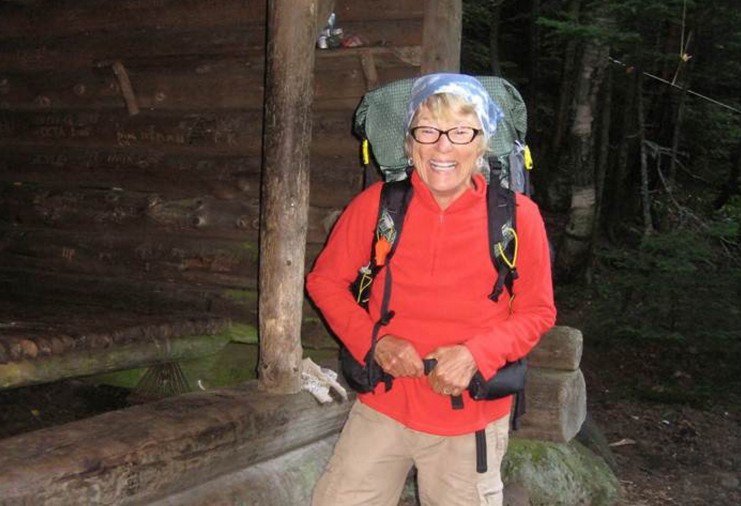Geraldine Largay and a friend set out from West Virginia on April 23, 2013, headed to Maine on the Appalachian trail. Her friend was forced to stop her journey do to family issues with only 200 miles remaining of the nearly 2,200 mile trip. Largay continued on by herself, but sadly she never made it to her destination. She died of malnutrition and dehydration in her sleeping bag, in a closed tent, 26 days after getting lost. Without speaking ill of the dead, let’s look at what could have been done differently so that we don’t suffer the same fate of Geraldine Largay.
- According to text messages that she attempted to send but was unable to due to lack of service, she got lost when she left the trail in order to go to the bathroom. If you are alone in the wilderness and leave the trail, don’t go further than you need to and leave a marker that will be easy to spot in a tree on the trail.
- Her hiking partner later told authorities that Largay repeatedly got lost or disorientated even while they were hiking together. Do not get in over your head, if you can’t keep on the trail or use basic visual markers to orientate yourself, you probably shouldn’t be hiking for days in the wilderness alone.
- Her partner also reported that Largay complained of a sore back and did not want to carry extra food or supplies. If doing it safe is too difficult, then it’s too difficult for you.
- Ultimately it was dehydration that resulted in death. If you are hiking with a sleeping bag and a tent, your biggest threat will also be dehydration since you have shelter. Always bring a water filter, and know how to, and where to, obtain water in that area you are traveling.
- Since Largay did make it another 26 days according to a journal she kept, she easily could have made it to the next point on the trail that she was scheduled to meet husband at, had she been able to navigate to that location. Always have a map of the area you are in, a compass, and the basic knowledge of how to navigate with some relative accuracy.
- Largay’s husband said that completing the Appalachian trail was on his wife’s “bucket list”. After getting 90% of it done with her partner, it was probably hard to think of giving up on something that she might not get to do again. But she wasn’t skilled, or equipped to continue. Know when to say “when”.
It’s a story with a sad ending, but it’s a story that we can learn from so that we don’t make the same life or death mistakes that Geraldine Largay made.
If you liked this, you might also enjoy…


